Purim 5782 – An Unspoken Topic of Purim
In Honor of our Parents Alfred & Esther Harary by their Children & Grandchildren
Visit YTATorah.org
Shiur presented in 5777
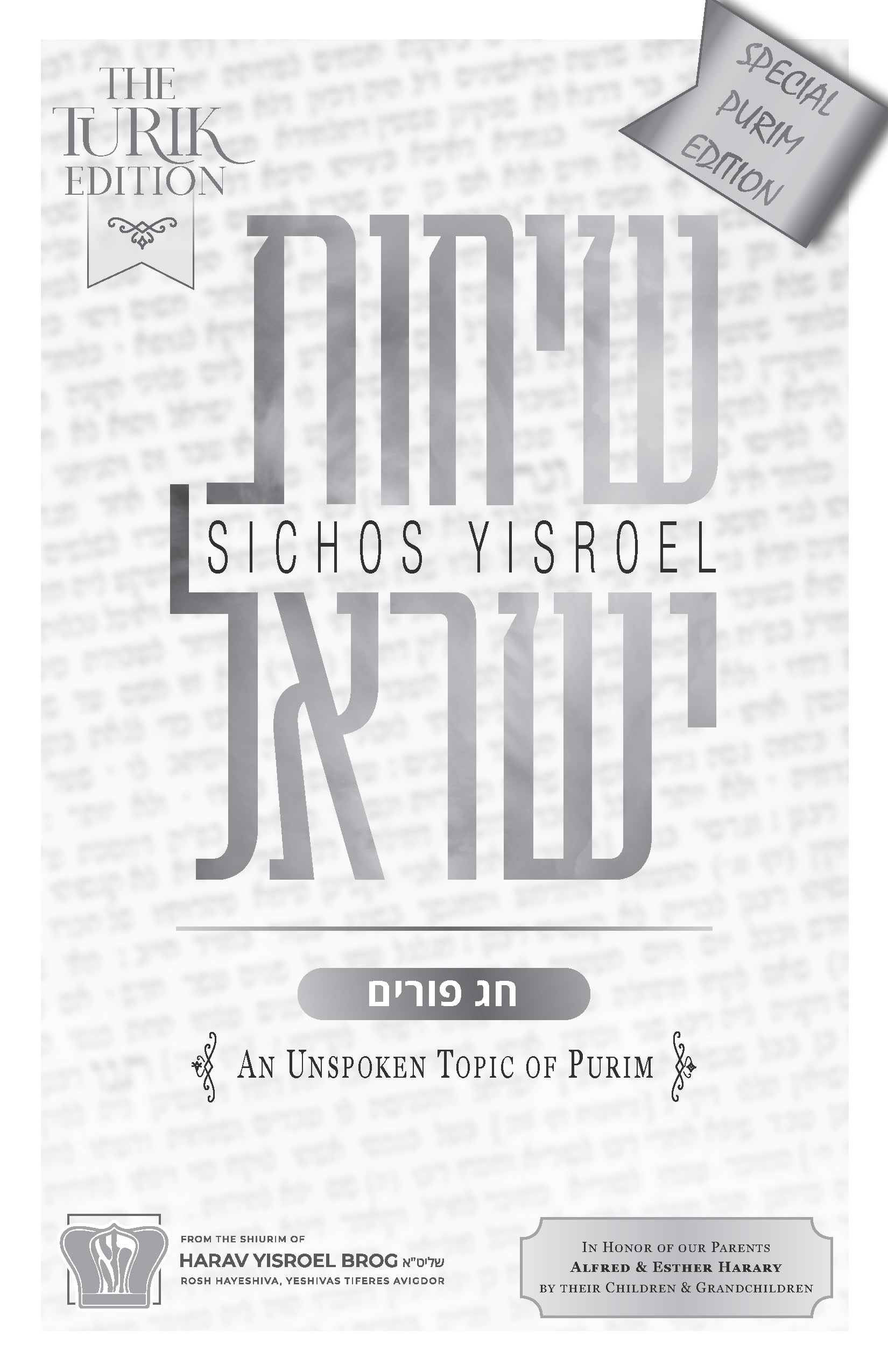
In Honor of our Parents Alfred & Esther Harary by their Children & Grandchildren
Visit YTATorah.org
Shiur presented in 5777
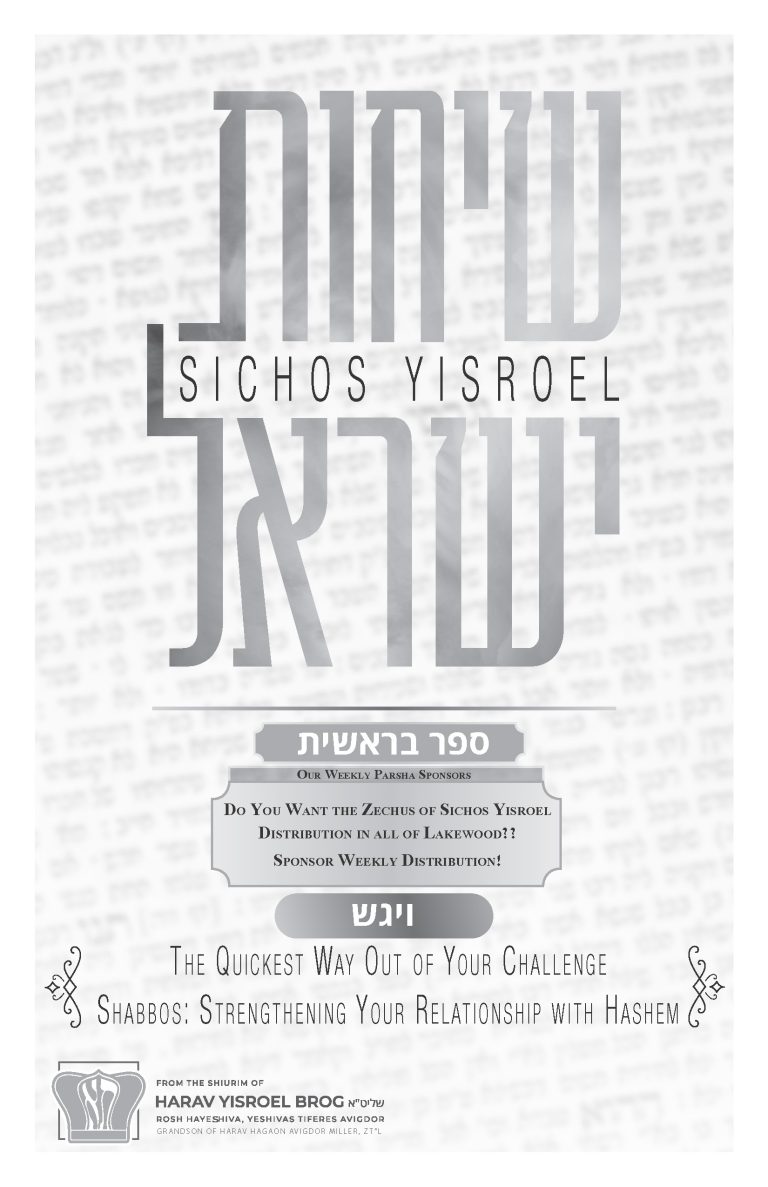
In this week’s parshah, we encounter a life challenge that many of us will face to some degree. Most people lose themselves completely when they face such a challenge. The Torah says that when Yosef finally meets his brothers and he tells them, “…don’t be angry at yourself that you sold me.” Could you imagine if you had a brother or brothers that sold you into slavery?! And then that sale ended you up in jail, in the papers? You’d be very, very upset. But Yosef tells his brother not to be sad…

We are in the Aseres Yemei Teshuvah, and most people are challenged by the yetzer hara about what teshuvah is, and how it works. You realize that the greatest challenge to the yetzer hara is teshuvah. To the yetzer hara, the most ‘feared’ tool that Hashem gave us is teshuvah.
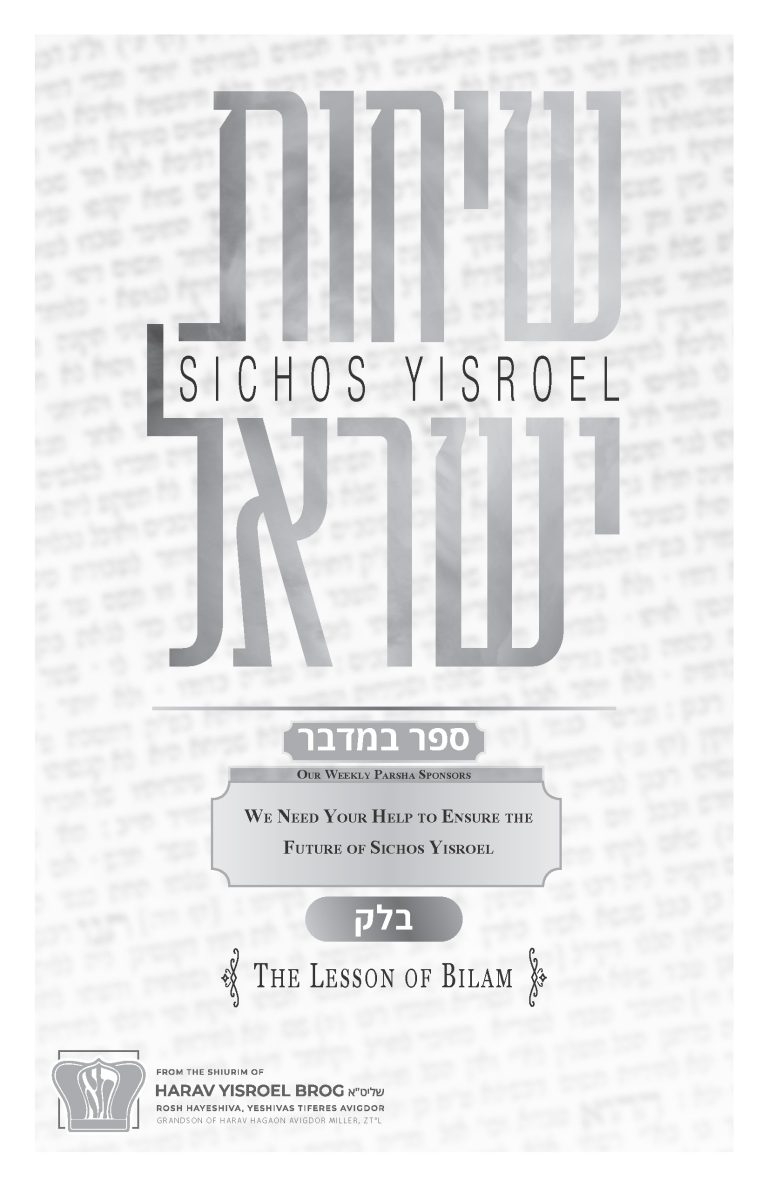
I once met an outstanding, interesting person. He was my driver. He told me an amazing ma’aseh. He got very angry one time. His anger built up over a couple of days, until his blood pressure boiled over and he had a massive heart attack that sent him into a total coma. He was in a coma for three or four months. People were davening for him, but his condition was not improving. Gornisht. Finally, a very special rav came to this fellow’s room and davened in his room shacharis, minchah,and Ma’ariv out loud. After a week of davening and saying Tehillim, finally he said to the guy, “Steven! It’s time to wake up! Do you want to wake up?”
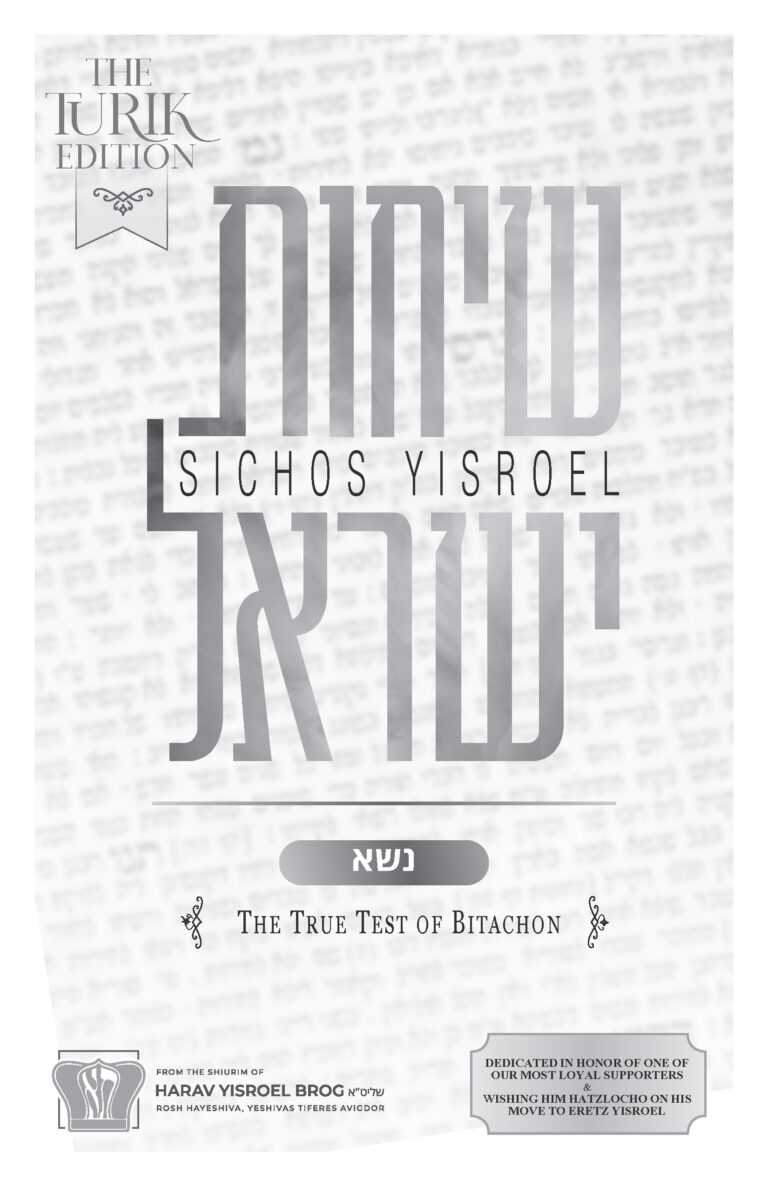
Dedicated in honor of one of our most loyal supporters & wishing him hatzlocho on his move to Eretz Yisroel Consider sponsoring a shiurVisit YTATorah.org Shiur presented in 5780
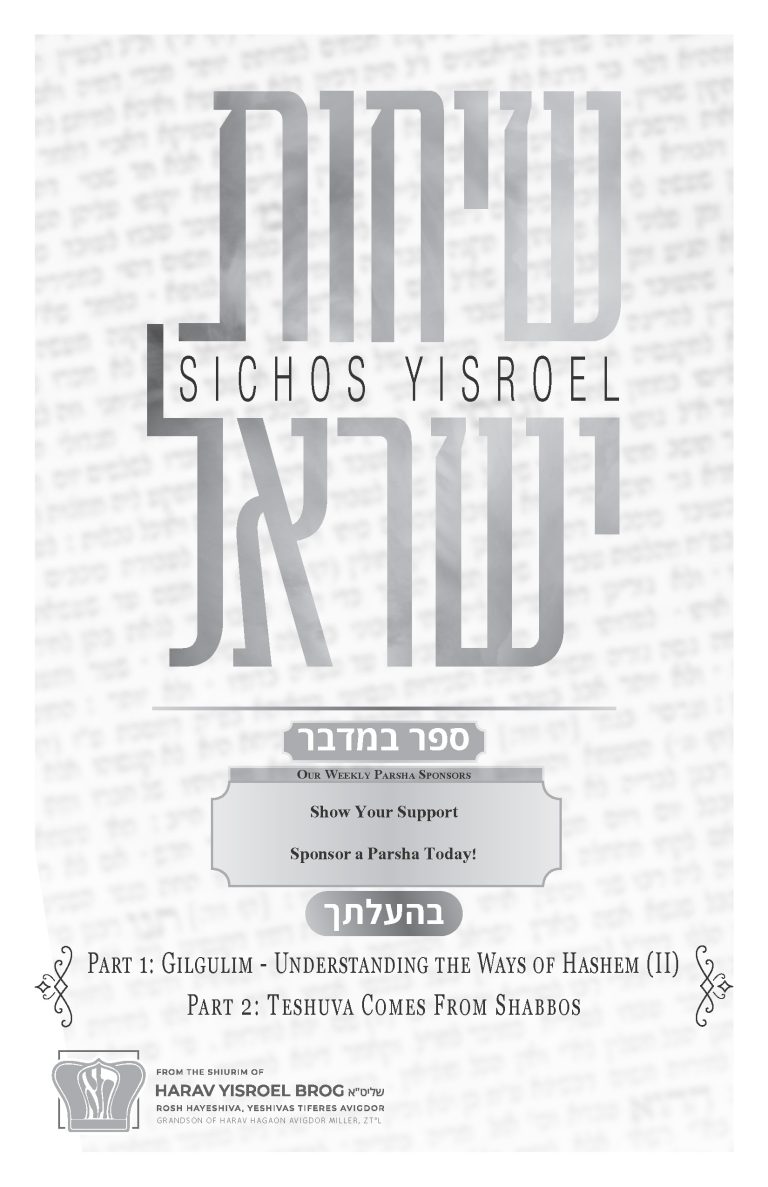
The Ramchal writes, in Derech Hashem, about the concept of gilgulei neshamos, how a person could come back in different forms. As a matter of fact, one person can even have a number of neshamos. There are many people who don’t understand what motivates them and where they get their koach from. The gemara tells us, for example, that Rabbi Yochanan said: “I come from the offspring of Yosef.”
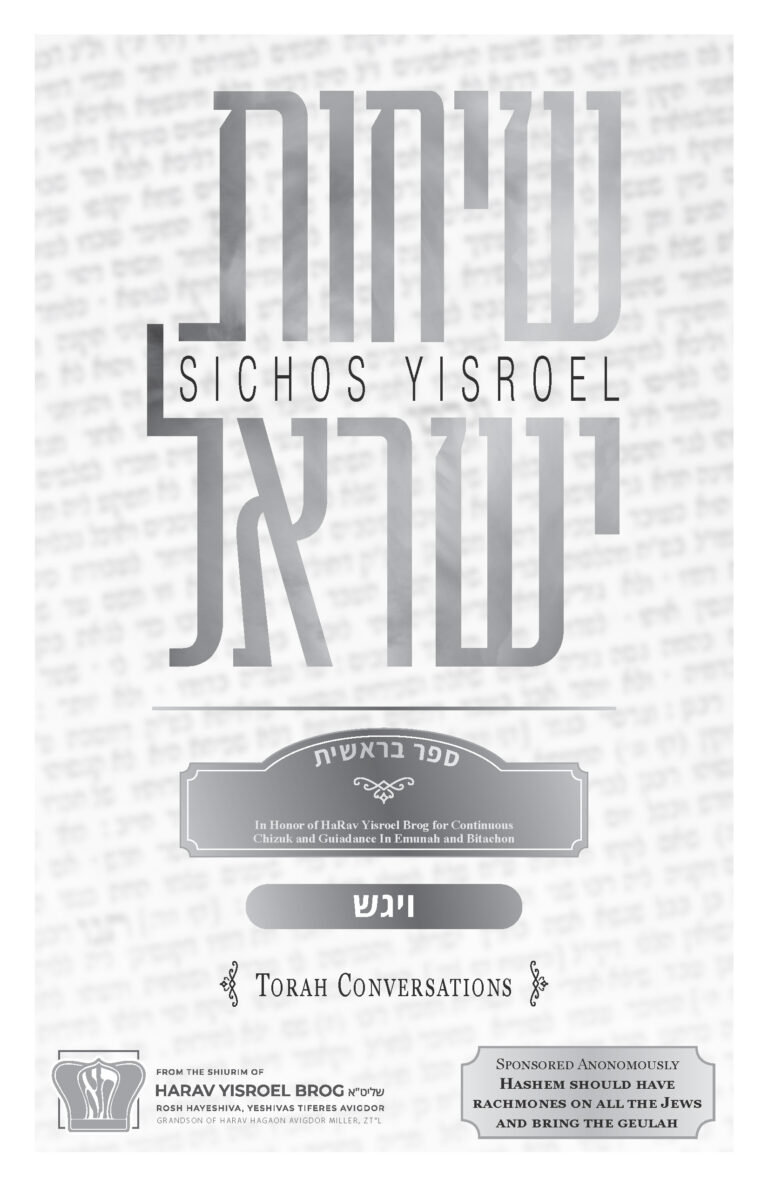
One of the great tovos that Hashem did with me is that He guided me to learn by my great rebbi, Rav Meir Halevi Soloveitchik, the son of none other than Rav Yitzchak Ze’ev Halevi Soloveitchik, the last Brisker Rav.